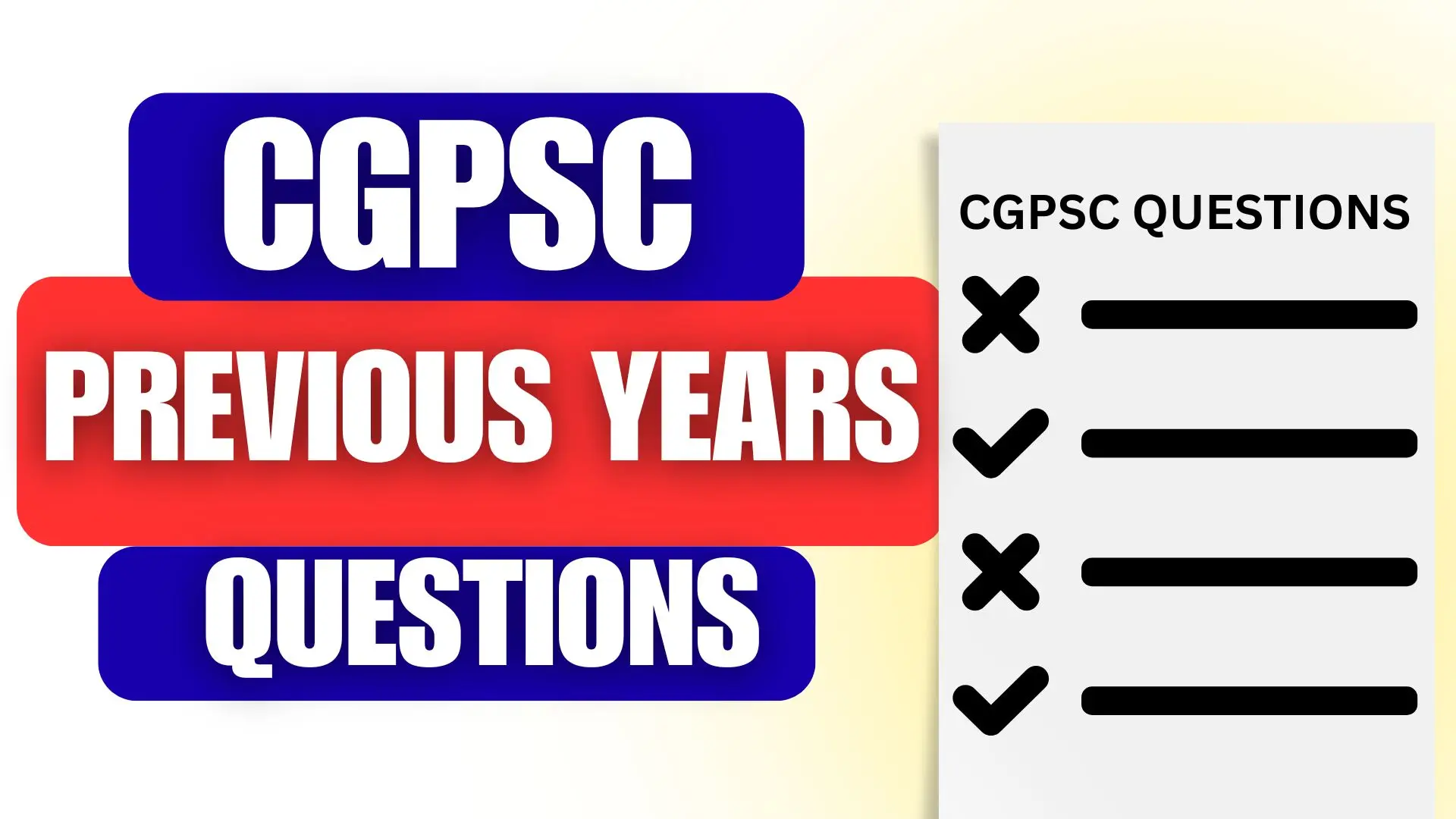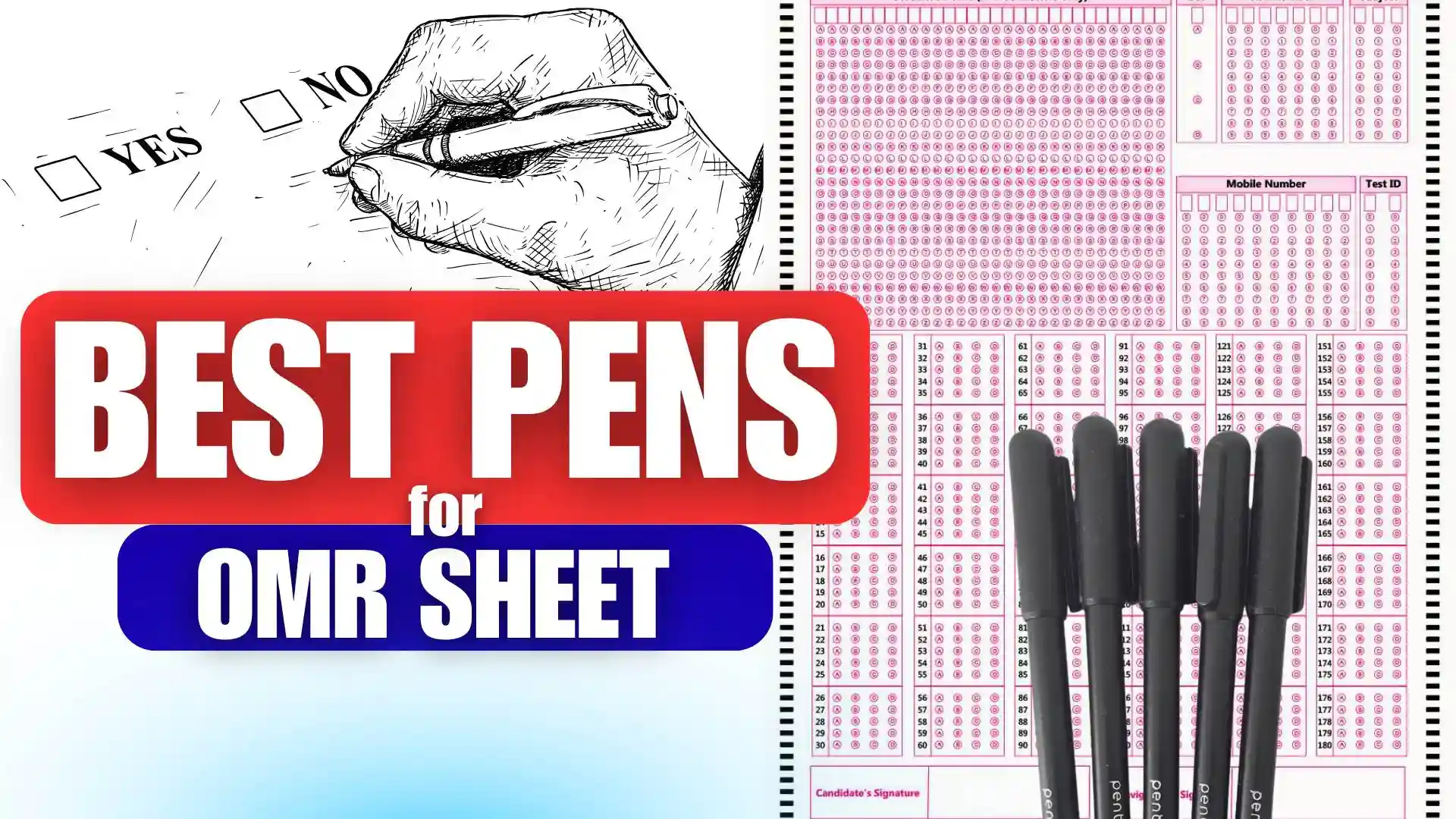Chapter 8: Chemical Bonding – Important MCQs
1. A chemical bond is formed to:
A. Increase atomic size
B. Make atoms unstable
C. Increase energy of atoms
D. Attain stability by completing outer shells
✔️ Answer: D. Attain stability by completing outer shells
2. The force that holds atoms together in a molecule is called:
A. Frictional force
B. Magnetic force
C. Chemical bond
D. Nuclear force
✔️ Answer: C. Chemical bond
3. Which of the following elements is likely to form an ionic bond with chlorine?
A. Oxygen
B. Nitrogen
C. Sodium
D. Carbon
✔️ Answer: C. Sodium
4. Ionic bonds are formed by:
A. Sharing of electrons
B. Transfer of electrons
C. Exchange of protons
D. Sharing of neutrons
✔️ Answer: B. Transfer of electrons
5. Covalent bonds are formed by:
A. Complete transfer of electrons
B. Sharing of electrons
C. Loss of protons
D. Gain of neutrons
✔️ Answer: B. Sharing of electrons
6. The molecule of water (H₂O) contains:
A. One ionic bond
B. Two ionic bonds
C. Two covalent bonds
D. One covalent bond
✔️ Answer: C. Two covalent bonds
7. Which of the following is a covalent compound?
A. NaCl
B. MgCl₂
C. HCl
D. CH₄
✔️ Answer: D. CH₄
8. What is the valency of nitrogen in NH₃?
A. 1
B. 2
C. 3
D. 4
✔️ Answer: C. 3
9. In the formation of NaCl, which atom loses an electron?
A. Chlorine
B. Sodium
C. Hydrogen
D. Oxygen
✔️ Answer: B. Sodium
10. Which of the following has only covalent bonds?
A. NaCl
B. CaCl₂
C. CO₂
D. KCl
✔️ Answer: C. CO₂



